Wisconsin Wine Conference Conquers the Wilderness
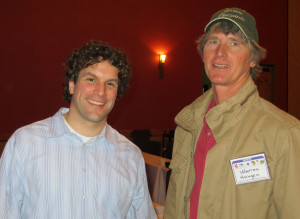
Winemaking consultant Piero Spada and Warren Haugen of Vernon Vineyards at the Wisconsin Fruit & Vegetable Conf.
The Wisconsin Fruit and Vegetable Conference was held this week at the Wilderness Waterpark Resort Resort- the country’s largest waterpark- in subzero temperatures. Despite the arctic weather, the atmosphere was like the Fourth of July. With the Wisconsin wine industry expanding rapidly, spirits are understandably high among Wisconsin winemakers and grape growers.
According to Anna Maenner of the Wisconsin Winery Association, “The Conference was a happy, bustling place. We’ve had 11 new wineries join the Association over the past year. Our membership stands at 68 wineries as of today.”
As reported by Midwest Wine Press, the number of federal winery permits in Wisconsin increased by 18% for the year ending April 30, 2013. Over the past several years, wineries have been opening in Wisconsin at the rate of 8 or 9 new properties each year.
Needless to say, there is strong statewide support for the Wisconsin wine industry, despite the prohibition against self distribution. A theme of the 2014 Wisconsin Conference is how in-state wineries collaborate with state organizations representing other industries that also serve the wine drinking public.
[stextbox id=”alert” shadow=”true” float=”true” width=”250″]
Wisconsin Grape Growers Association 2013 Awards
Winery of the Year: Danzinger Vineyards
Grower of the Year: Ted Kearns
Industry Award: Judith Reith-Rozelle
[/stextbox]
For example, bed and breakfasts and grocers have both forged ties with the Wisconsin wine industry in an effort to boost sales of locally made wine. Kris Ullmer, head of the Wisconsin Bed and Breakfast Association and Brandon Scholz of the Wisconsin Grocers Association both spoke to Conference attendees on Monday afternoon.
Of the 300 licensed B&B’s in Wisconsin, half are members of the Wisconsin B&B Association. According to Ullmer, “Serving wine is a vital part of our hospitality industry.” In fact, wine is so important to Wisconsin B&B’s that they were granted special legislative approval to serve two, four-ounce complimentary glasses of wine per guest without a liquor license.
Ullmer urged wineries to participate in events at B&B’s, like wine tastings. She also said that Wisconsin wineries and B&B’s have success when they partner and package complimentary events. At very least, wineries and B&B’s in the same area should be cross posting on each other’s websites and blogs, Ullmer said.
This year, the Wisconsin Winery Association and the Wisconsin Grocers Association will initiate joint promotions aimed at increasing the visibility of Wisconsin wine. Brandon Scholz, president of the Wisconsin Grocers Association, explained how wineries can place their products into grocery stores that have local purchase authority for wine.
He recommended wineries focus first on independent grocers in a 10-15 mile radius of their tasting room. Winery owners are usually the best salespeople for their wines, Scholz said. But even owners will benefit from having a formal presentation and sales collateral that tells the story of their winery.
“Invest in some signage for your product and clearly identify your wine as local. We know grocery store shoppers will pay more for local products, but you have to be prepared to compete with national brands,” Scholz added.
While some of the Wisconsin Conference focused on marketing, the majority of the speakers concentrated on winemaking and viticulture. At one of the grape growing sessions, Dean Volenberg of the University of Wisconsin presented the results of vineyard trials that began in 2008. (The University maintains three experimental vineyards located in West Madison, Door County and Spooner, which is in the far northwest section of Wisconsin.)
The standout white grape in the trials was Brianna. Not only did 100% of Brianna vines survive at all three stations, researchers were also able to push Brianna yields above 8 tons an acre at the Door County vineyard. (Volenberg cautioned that the purpose of the current trials is not to identify the optimal crop loads for wine making.)
According the Volenberg’s study, one white wine grape that does not do well in Wisconsin is Vignoles. All the Vignoles vines in Spooner died and the mortality rate was 25% at West Madison.
For red wines, Marquette was the survival champion. All the Marquette vines at all three research vineyards made it through five consecutive Wisconsin winters. Yields for Marquette at the West Madison station were three tons an acre for 2013, a year that produced just under 3,000 growing degree days.
Volenberg said that he hopes to have the full results of the wine grape variety trails on the University’s website during the first quarter of 2014.
On the winemaking side, Piero Spada spoke to a packed house about grape phenolics. Piero’s presentation at the Wisconsin Conference will form the basis for an article in Midwest Wine Press during February.
Total attendance at the Wisconsin Conference was 775. While the Conference is for all fruit and vegetable growers in the Badger state, the largest contingent of attendees was from the grape and wine sectors.
According to Maenner the future is bright for Wisconsin wine. “Growers had an excellent year in 2013 and are very optimistic about 2014. Good inputs means good outputs, so wineries are excited about the wines they will have from this season,” she concluded.

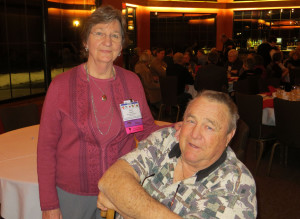

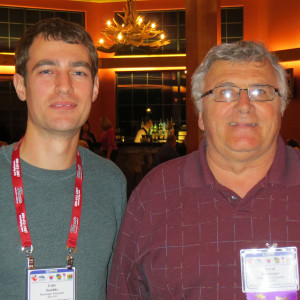
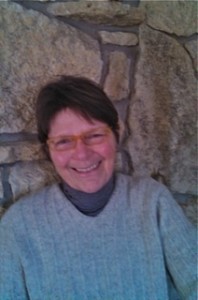
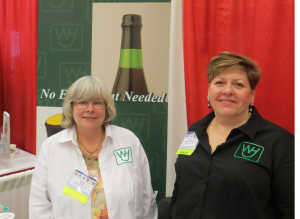

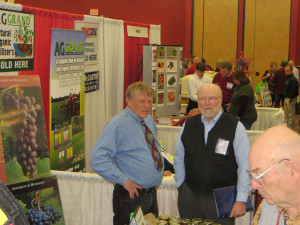


Thanks for joining us in Wisconsin!
Your session was among the best at the conference. Interesting, informative and most enjoyable. It’s good to have someone with their eye on the big picture, to remind us all how far we’ve come, and what we might have to look forward to!
Thanks for your kind words Gail. This was my third Wisconsin Conference, and they keep getting bigger and better. Our Midwest state wine conferences are a great way to share information.